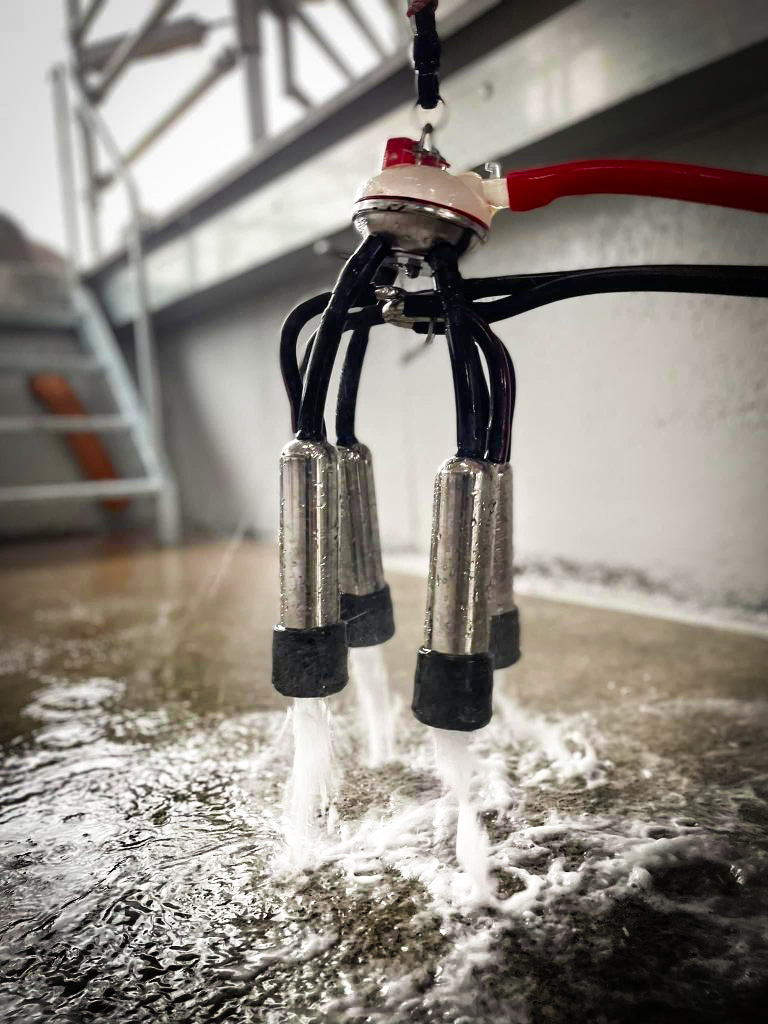Mastitis is a common problem in dairy farming around this time of year during early lactation. There are two main types of mastitis: environmental and contagious. Contagious mastitis occurs when bacteria such as Staph Aureus, Strep Uberis, and Strep Agalactiae are transmitted between cows during milking.
Mastitis is caused by bacteria such as Staph Aureus, Strep Uberis, and Strep Agalactiae. This type of mastitis is transmitted from cow to cow during milking, making it crucial to control its spread.
To prevent the spread of contagious mastitis, it’s essential to minimise the number of infected cows in the herd and eliminate possible sources of bacteria. One effective way of achieving this is by using the Clear Stream Cluster Flush system, which flushes the cluster with parasitic acid after each cow has finished milking, preventing the spread. This system is easy to retrofit into most parlours and can reduce the risk of bacterial transmission.
Another way of identifying infected cows is by analysing milk-recording data and testing milk samples from cows with high cell counts. Infected cows should be treated promptly, and more severe cases should be removed from the herd to prevent further spread of the bacteria.
Maintaining proper hygiene practices during milking is crucial in preventing bacterial transmission. An effective milking routine should be in place to minimize the number of potential bacteria being spread from one cow to another. It’s also essential to ensure that the milking machine is adequately washed to eliminate any bacteria remaining in the plant.
By controlling the spread of contagious mastitis, dairy farmers can avoid the economic losses associated with mastitis, such as reduced milk production and treatment costs, and improve the welfare of their animals.

